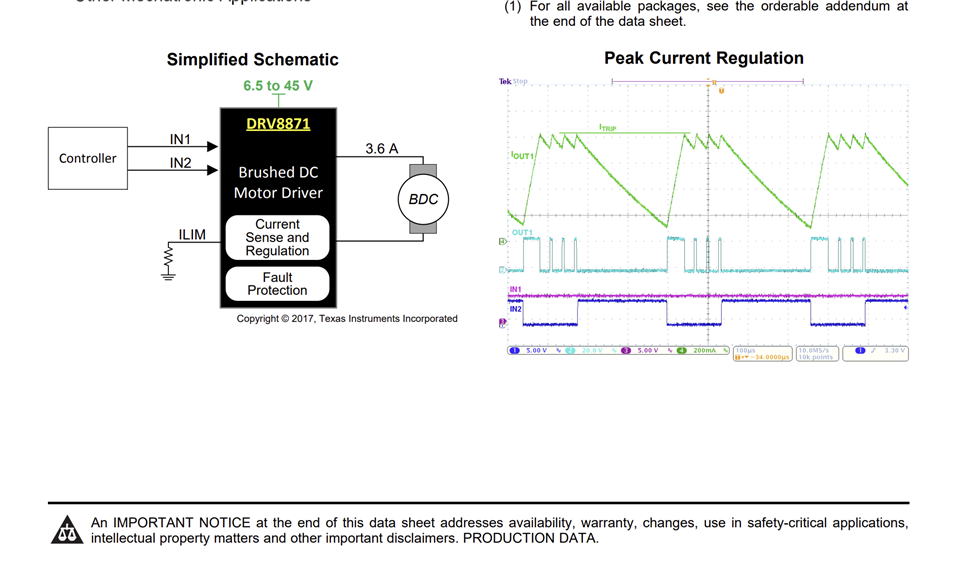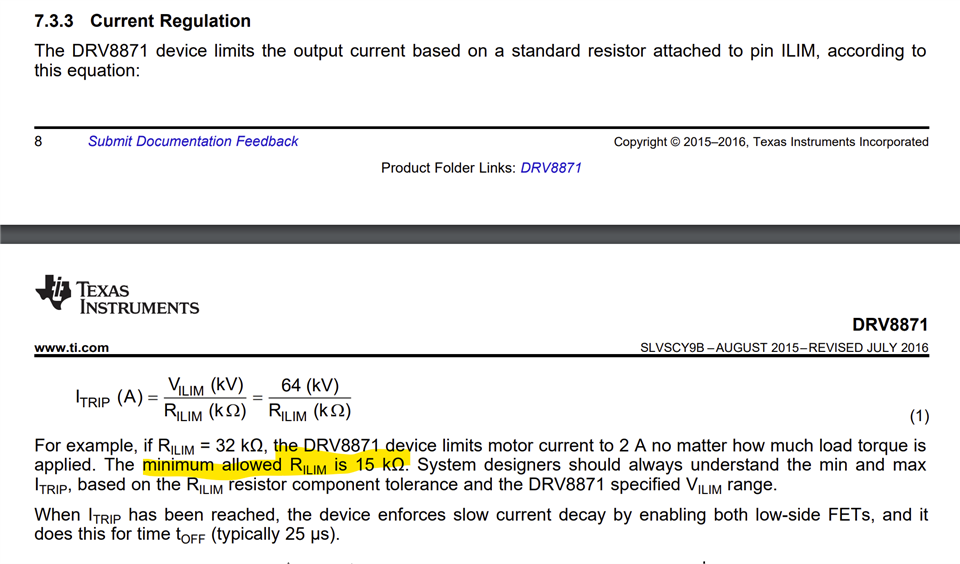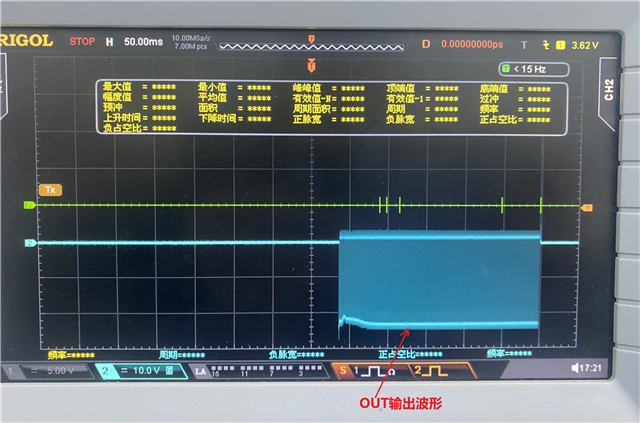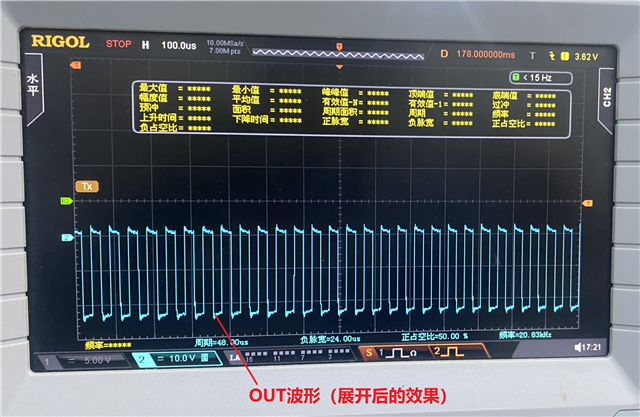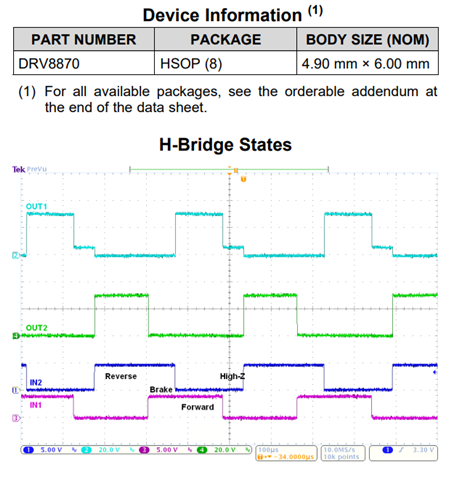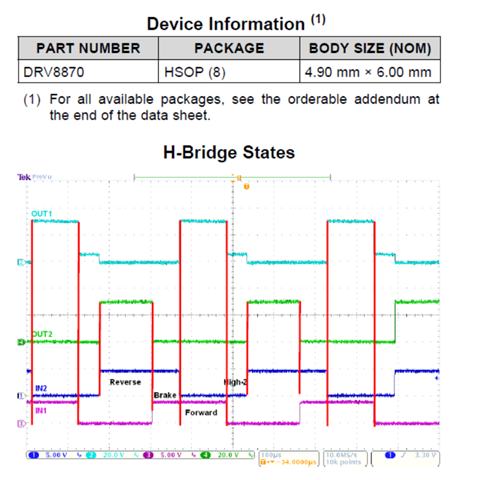Other Parts Discussed in Thread: DRV8870, DRV8873, DRV8243-Q1
Hi Team,
Q1:
The input terminals IN1 and IN2 of DRV8871 input static data. For example, IN1=1 (high level), IN2=0 (low level), the duration is 200ms, then IN1=0, IN2=0, and the period is 2 seconds. It is found that the OUT1 and OUT2 outputs of DRV8871 are PWM waveforms with a duty cycle of 50% and a duration of 200ms (the same duration as IN1=1 and IN2=0). Why is the OUT output PWM instead of a continuous fixed level?
The loads connected to OUT1 and OUT2 of DRV8871 are bidirectional holding electromagnets (this electromagnet can be powered forward or reversely; when powered forward/reversely, the metal column of the electromagnet can pop up/retract) . OUT1 is connected to the positive pole of the electromagnet, and OUT2 is connected to the negative pole of the electromagnet.
DRV8871 cannot drive the solenoid. Is this the reason?
Q2:
Could you please recommend a driver that can drive an electromagnet (solenoid)? Power supply = +24V, OUT output current ≥ 1.2A, driver input terminal is level controlled (such as IN1, IN2). The customer doesn't want to use PWM control.
Regards,
Annie


